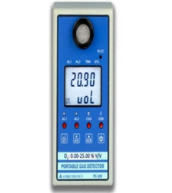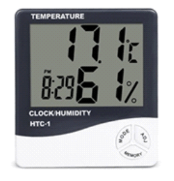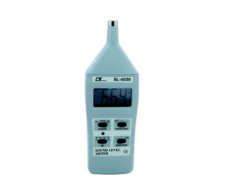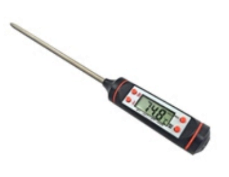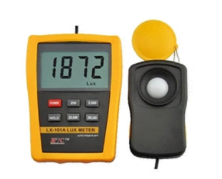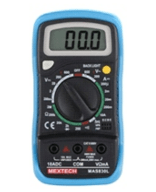| Gas Detection and Leak Monitoring |
Detects the presence of various gases in the surrounding air, alerting users to potential leaks or hazardous conditions. |
| Variety of Sensor Technologies (depending on model) |
Employ different sensor technologies to detect specific gases or a broader range, including: |
|
- Electrochemical Sensors: Detect specific gases based on their chemical reactions with sensor electrodes.
- Catalytic Bead Sensors: Utilize catalytic beads that combust certain gases, generating a signal based on the heat produced.
- Infrared (IR) Sensors: Detect gases based on their absorption of infrared light at specific wavelengths.
- Ultrasonic Gas Detectors: Identify leaks by detecting the high-frequency sound generated by escaping gas.
|
| Alarms and Warnings |
Provide audible or visual alarms to signal the presence of a gas leak, prompting necessary actions. |
| Portability (in some models) |
Portable gas detectors allow for easy movement and monitoring in various locations. |
| Wide Range of Applications |
Used in various sectors to ensure safety and prevent hazards, including: |
|
- Industrial Settings: Monitoring for combustible gases, toxic fumes, and oxygen depletion in refineries, chemical plants, and other industrial environments.
- Commercial Buildings: Detecting natural gas leaks, carbon monoxide from faulty appliances, and other potential hazards.
- Firefighting and Emergency Response: Locating flammable or toxic gases during fire emergencies or hazmat situations.
- Personal Safety: Worn by personnel working in potentially hazardous environments to provide individual protection.
|

